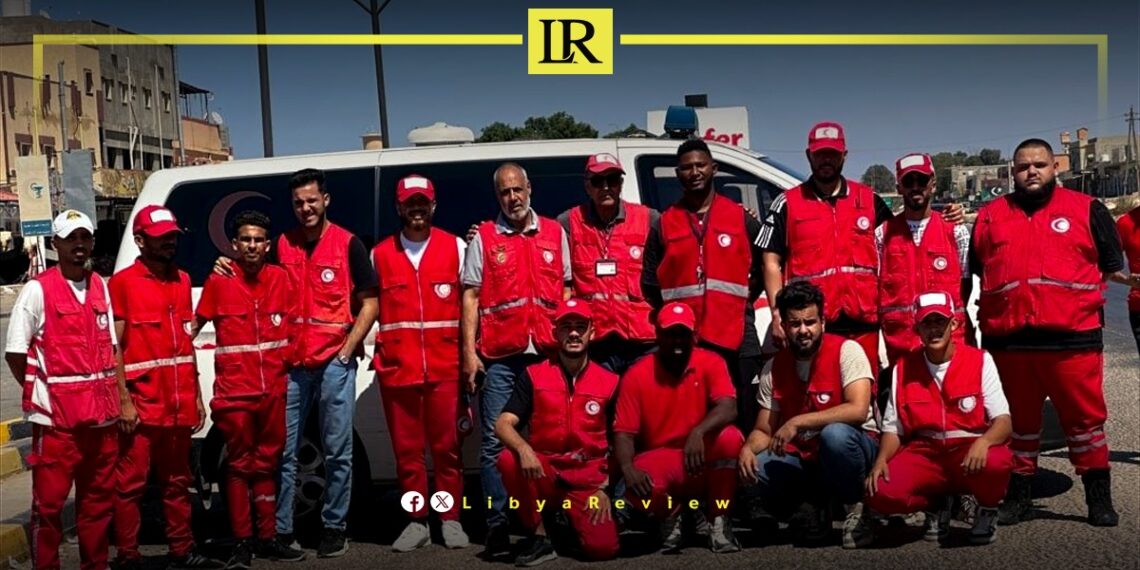The Tripoli branch of the Libyan Red Crescent has reassured citizens that the state of emergency has ended and the security situation in the capital has stabilised.
In a statement released on Saturday, the Red Crescent announced that roadblocks have been removed, the coastal road has been reopened, and traffic has resumed.
The Red Crescent also noted that emergency teams are stationed at the traffic light in the Al-Qarabolli area, in cooperation with the local service office affiliated with the Tripoli branch of the Libyan Red Crescent.
The organisation urged citizens not to be swayed by rumors, to remain calm, and to act with wisdom.
This follows armed clashes in Tajoura on Friday, which resulted in nine deaths and several injuries, according to the Ambulance and Emergency Service.
Eyewitnesses reported on Saturday evening that a force belonging to the 111th Brigade, led by Abdul Salam Zoubi, has been deployed in Al-Qarabulli and along the Tajoura Road.
According to the witnesses, barriers were removed from the highway in Wadi Al-Rabee following the resolution of clashes in Tajoura.
Earlier, a conflict resolution force began taking control of the contact points between the warring factions.
Additionally, the coastal road in Tajoura, from the eastern gate to the “Biifi” intersection, has been reopened.
On Saturday, the University of Tripoli suspended all classes, exams, and administrative activities across its faculties and departments until further notice. This decision comes in response to escalating security concerns following the outbreak of violence in the Tajoura district since yesterday afternoon.
As of this morning, the coastal road from Tajoura to Qasr Al-Khiyar remains closed due to ongoing tensions. The area is experiencing heightened military activity, with reports of military vehicles being deployed and sporadic gunfire continuing throughout the district.
The clashes in Tajoura, which began on Friday, have resulted in the deaths of at least nine people, according to the Emergency and Ambulance Service. The violence has significantly disrupted life in the capital, leading to road closures and causing widespread alarm.
This latest outbreak of violence is part of a broader pattern of instability that has plagued Libya since the fall of Muammar Gaddafi in 2011. The power vacuum left by Gaddafi’s ousting led to the rise of various armed factions, each seeking control over different regions of the country. Although a ceasefire agreement was signed in October 2020, the situation remains precarious, with ongoing tensions and clashes continuing to disrupt the fragile peace.


